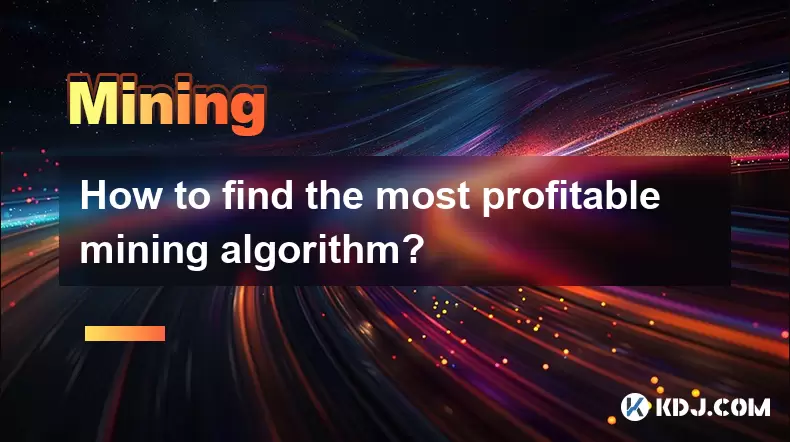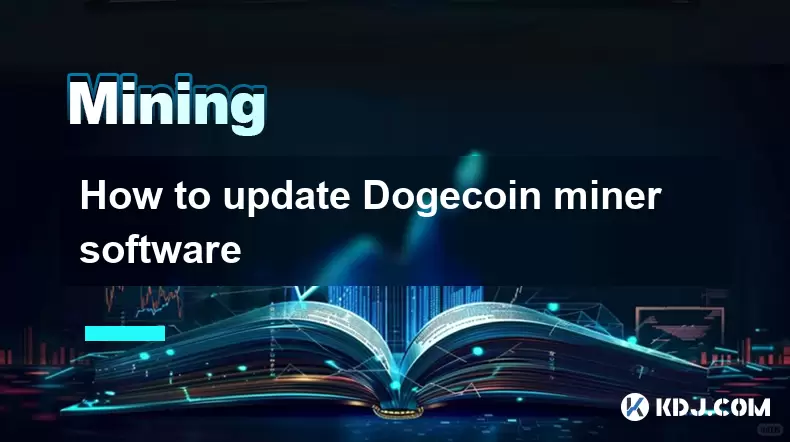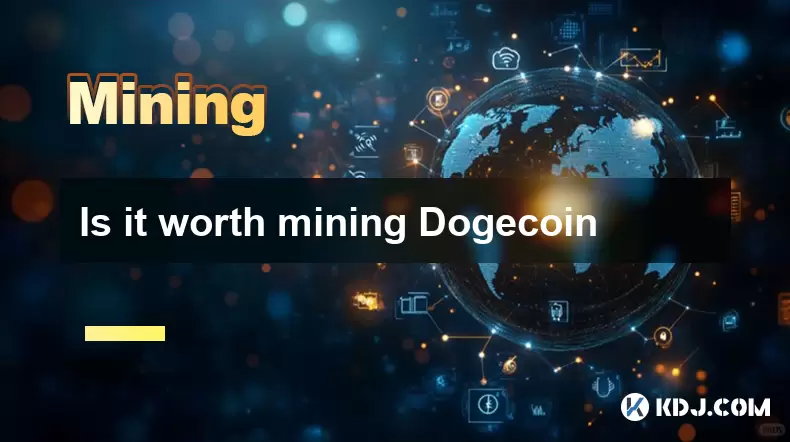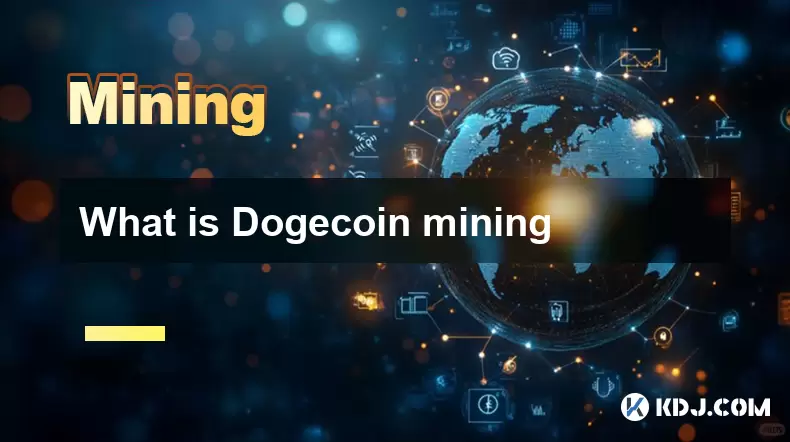-
 Bitcoin
Bitcoin $117,576.6195
-0.21% -
 Ethereum
Ethereum $2,938.5668
-1.35% -
 XRP
XRP $2.7699
4.60% -
 Tether USDt
Tether USDt $1.0003
0.01% -
 BNB
BNB $688.1624
-0.01% -
 Solana
Solana $160.5113
-1.95% -
 USDC
USDC $0.9999
0.01% -
 Dogecoin
Dogecoin $0.1976
-0.70% -
 TRON
TRON $0.3008
1.54% -
 Cardano
Cardano $0.7159
-2.16% -
 Hyperliquid
Hyperliquid $46.2240
2.04% -
 Stellar
Stellar $0.3966
22.03% -
 Sui
Sui $3.3928
-3.11% -
 Chainlink
Chainlink $15.1204
-2.43% -
 Bitcoin Cash
Bitcoin Cash $515.1741
-1.19% -
 Avalanche
Avalanche $20.8130
-0.90% -
 Hedera
Hedera $0.2001
-2.12% -
 UNUS SED LEO
UNUS SED LEO $9.0522
0.72% -
 Shiba Inu
Shiba Inu $0.0...01316
-2.01% -
 Toncoin
Toncoin $2.9843
0.61% -
 Litecoin
Litecoin $92.6745
-2.71% -
 Polkadot
Polkadot $3.9483
-0.06% -
 Monero
Monero $328.5347
1.10% -
 Dai
Dai $0.9998
0.01% -
 Ethena USDe
Ethena USDe $1.0006
-0.01% -
 Uniswap
Uniswap $8.3739
-6.50% -
 Bitget Token
Bitget Token $4.4241
-1.99% -
 Pepe
Pepe $0.0...01222
-3.96% -
 Aave
Aave $300.5203
-3.61% -
 Bittensor
Bittensor $382.2607
-1.92%
How to find the most profitable mining algorithm?
Cryptocurrency mining profitability depends on choosing the right algorithm, optimizing hardware compatibility, and monitoring power efficiency to maximize returns.
Jul 12, 2025 at 10:43 am

Understanding Mining Algorithms and Their Profitability
In the world of cryptocurrency mining, mining algorithms are at the core of how blocks are validated and added to the blockchain. Each cryptocurrency uses a specific algorithm, such as SHA-256 for Bitcoin or Ethash for Ethereum. The profitability of mining depends heavily on which algorithm you choose and whether your hardware is optimized for it.
Profitability is determined by several factors: hash rate, power consumption, difficulty level, and block reward. It's crucial to understand that not all algorithms are created equal. Some are more resource-intensive, while others are designed to be ASIC-resistant to promote decentralization.
To begin evaluating profitability, start by identifying which cryptocurrencies use which algorithms. This helps narrow down your focus and allows you to compare options more effectively.
Researching Available Mining Algorithms
Before diving into mining, conduct thorough research on available mining algorithms. Popular ones include:
- SHA-256: Used by Bitcoin and some altcoins.
- Scrypt: Utilized by Litecoin and Dogecoin.
- Ethash: The algorithm behind Ethereum (before its merge).
- KawPow: Adopted by Ravencoin.
- X11: Used by Dash.
- ProgPoW: Designed to be GPU-friendly and ASIC-resistant.
Each algorithm has different requirements in terms of hardware compatibility, memory usage, and computational power. For example, SHA-256 mining is dominated by ASIC miners, while Ethash and KawPow are more GPU-oriented.
You should also look into emerging algorithms like RandomX, which focuses on CPU mining and aims to democratize mining access. Understanding these differences is key to selecting an algorithm that aligns with your resources.
Evaluating Hardware Compatibility
Once you've identified potential algorithms, assess your hardware compatibility. Not all GPUs or CPUs perform equally across different algorithms. For instance, NVIDIA GPUs may excel in KawPow mining, whereas AMD cards might offer better performance on Ethash.
Check benchmark data for your specific graphics card or processor against various algorithms. Tools like NiceHash, MiningBench, or TechPowerUp GPU-Z can help evaluate hash rates and power efficiency under different workloads.
Also, consider memory bandwidth and VRAM size, especially for algorithms like Ethash, which require large DAG files. If your GPU doesn't meet the minimum VRAM requirements, it won’t be able to mine efficiently—or at all.
Analyzing Power Consumption and Efficiency
A critical but often overlooked factor in mining profitability is power consumption. High hash rates mean little if your rig consumes excessive electricity. Calculate your cost per kilowatt-hour (kWh) and compare it with the expected output of each algorithm on your hardware.
Use tools like WhatToMine, CryptoCompare Mining Calculator, or NiceHash Profitability Tool to estimate earnings based on real-time data. These platforms allow you to input your hash rate, power draw, and electricity cost to project daily or monthly profits.
Pay attention to algorithm difficulty trends as well. Some algorithms experience rapid increases in difficulty due to new ASICs or farms joining the network, which can quickly erode profitability even if initial returns seem promising.
Joining Mining Pools and Monitoring Performance
Solo mining is rarely profitable unless you have substantial hashing power. Joining a mining pool increases your chances of earning regular rewards. Choose a pool that supports your chosen algorithm and offers low fees and reliable payouts.
Popular pools include:
- F2Pool for SHA-256 and Scrypt
- Ethermine for Ethash
- RaveOS for KawPow
- Minexmr for RandomX
After setting up your miner, monitor performance using tools like MSI Afterburner, HWInfo, or built-in mining software dashboards. Keep track of stale shares, rejected shares, and effective hash rate to ensure optimal performance.
Regularly review your setup and switch algorithms if needed. Market conditions change rapidly, and staying adaptable is essential to maintaining profitability.
Frequently Asked Questions
Q: Can I switch between mining algorithms easily?
Yes, if your hardware supports multiple algorithms. You’ll need to download compatible mining software and configure settings accordingly. However, frequent switching may affect long-term profitability due to setup time and potential wear on hardware.
Q: Are ASIC-resistant algorithms always more profitable for GPUs?
Not necessarily. While ASIC resistance can reduce competition, profitability still depends on network difficulty, block rewards, and your hardware’s performance on that specific algorithm.
Q: How do I know if an algorithm is becoming less profitable over time?
Monitor metrics like network hashrate, block time, and payout per day through mining calculators and pool statistics. A rising hashrate without a corresponding increase in price usually signals declining profitability.
Q: Is cloud mining a viable alternative to choosing a mining algorithm myself?
Cloud mining removes the need to manage hardware but comes with risks like scams and hidden fees. You typically rent hashing power for a specific algorithm, so research the provider and contract terms thoroughly before committing funds.
Disclaimer:info@kdj.com
The information provided is not trading advice. kdj.com does not assume any responsibility for any investments made based on the information provided in this article. Cryptocurrencies are highly volatile and it is highly recommended that you invest with caution after thorough research!
If you believe that the content used on this website infringes your copyright, please contact us immediately (info@kdj.com) and we will delete it promptly.
- Pi Network: Navigating KYC Delays and the Quest for Rewards
- 2025-07-12 20:50:12
- Bitcoin, Crypto & Bills: A New Yorker's Guide to Paying Up!
- 2025-07-12 20:30:12
- XRP, Solana, and the Altcoin Season Buzz: Are We There Yet?
- 2025-07-12 20:30:12
- Cracking the Code: Passive Income with Crypto & Altcoins in the 2025 Bull Run
- 2025-07-12 18:30:12
- Crypto Bull Run: Meme Coins Like Troller Cat Lead the Charge
- 2025-07-12 18:30:12
- Solana, Meme Coins, and Ethereum: A Bullish Crypto Cocktail?
- 2025-07-12 18:50:12
Related knowledge

How to keep a mining rig cool
Jul 12,2025 at 01:42pm
Understanding the Importance of Cooling in Mining RigsCryptocurrency mining is an intensive process that places heavy demand on hardware components, p...

How to find the best Dogecoin mining pool for me
Jul 12,2025 at 04:14pm
Understanding the Role of a Mining PoolWhen mining Dogecoin, joining a mining pool can significantly increase your chances of earning consistent rewar...

How to update Dogecoin miner software
Jul 12,2025 at 12:36pm
Understanding Dogecoin Mining and the Need for Software UpdatesDogecoin mining involves using specialized software to validate transactions on the Dog...

Overclocking settings for Dogecoin mining
Jul 12,2025 at 12:57pm
Understanding Overclocking in Dogecoin MiningOverclocking refers to the process of increasing the clock rate of a component—typically a GPU or CPU—bey...

Is it worth mining Bitcoincoin
Jul 12,2025 at 04:35pm
Understanding the Basics of Dogecoin MiningDogecoin (DOGE) is a cryptocurrency that was originally created as a joke in 2013 but has since gained sign...

What is Dogecoin mining
Jul 12,2025 at 06:29pm
Understanding the Basics of Dogecoin MiningDogecoin mining refers to the process by which new Dogecoins are introduced into the digital ecosystem. Thi...

How to keep a mining rig cool
Jul 12,2025 at 01:42pm
Understanding the Importance of Cooling in Mining RigsCryptocurrency mining is an intensive process that places heavy demand on hardware components, p...

How to find the best Dogecoin mining pool for me
Jul 12,2025 at 04:14pm
Understanding the Role of a Mining PoolWhen mining Dogecoin, joining a mining pool can significantly increase your chances of earning consistent rewar...

How to update Dogecoin miner software
Jul 12,2025 at 12:36pm
Understanding Dogecoin Mining and the Need for Software UpdatesDogecoin mining involves using specialized software to validate transactions on the Dog...

Overclocking settings for Dogecoin mining
Jul 12,2025 at 12:57pm
Understanding Overclocking in Dogecoin MiningOverclocking refers to the process of increasing the clock rate of a component—typically a GPU or CPU—bey...

Is it worth mining Bitcoincoin
Jul 12,2025 at 04:35pm
Understanding the Basics of Dogecoin MiningDogecoin (DOGE) is a cryptocurrency that was originally created as a joke in 2013 but has since gained sign...

What is Dogecoin mining
Jul 12,2025 at 06:29pm
Understanding the Basics of Dogecoin MiningDogecoin mining refers to the process by which new Dogecoins are introduced into the digital ecosystem. Thi...
See all articles
























































































